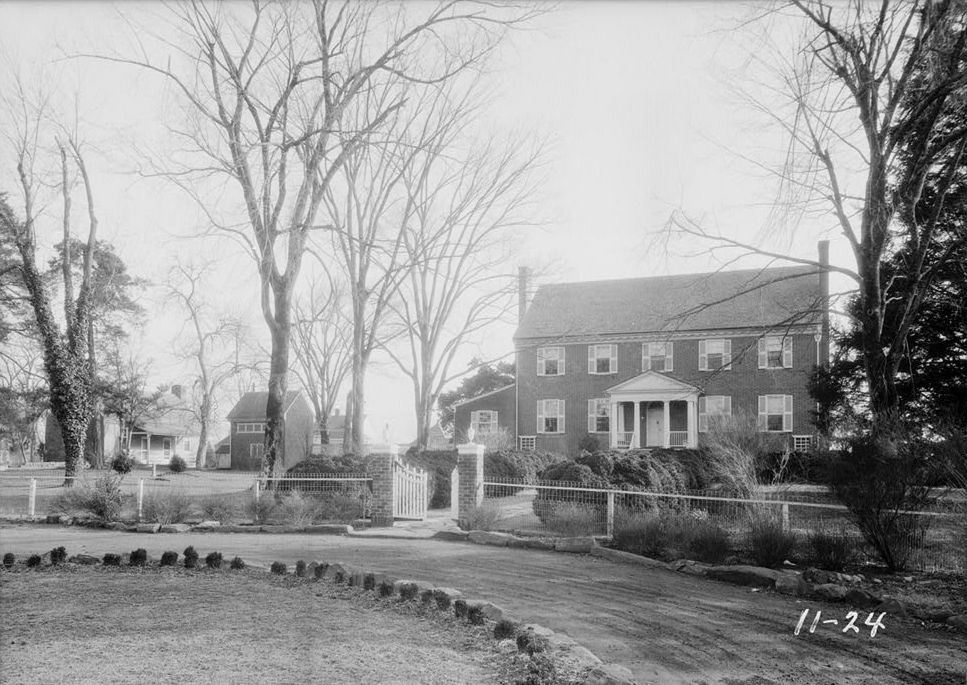Situated in the valleys of San Ramon, Danville is a flourishing town in Contra Costa County, California. Like many other towns or cities in California, Danville has also stories of rough beginnings and difficulties that paved the way to its present progress and prosperity.
The Heart of San Ramon valley
Danville is “The Heart of San Ramon Valley.” It was once the location the Bay Miwok Indians called home. They lived beside the creeks; during hot summers they would always camp on Mount Diablo.
In 1854, a white man named Daniel Inman and his brother Andrew purchased ten thousand acres of land with fortunes they made during the California Gold Rush. Daniel named the area as Danville not after himself, but out of modesty he named it in the honor of Andrew’s mother in-law who was born in Danville, Kentucky.
Danville, with only 20 people living there, opened its first post office in 1860. People living in the Midwest or on the East Coast heard about the California fortune stories. Before long, they left their homes and moved to Danville and the surrounding areas.
A viable community
Danville’s rich and fertile soil, as well as its gentle climate, proved to be good for the settlers to do farming. Fruit crops as well as wheat and barley were abundantly grown. Residents also raised cattle and sheep. Not long after, residents began to erect church and school buildings along with forming farmers’ unions. This was just the birth of the Danville community.
Farmers originally transported their precious crops to the Pacheco and Martinez harbors. They passed by San Ramon Creek on unreliable dirt roads which would become worse during rainy days and winter. All this changed for the better when the Southern Pacific Railroad was built along the valley. Farmers erected big warehouses and were now able to transport goods by rail, under any weather conditions. Residents could now afford to travel to and from Danville with ease because of the trains.
A man named John Hartz played a big role in transforming Danville into a viable residential and commercial town. He sold 8.65 acres of land needed for the new train station. Hartz also subdivided the lots east of the station and sold them, thus creating a new community. Soon a bank, drug store, doctor’s clinic, a Chinese laundry and a saloon were built to offer their own services to the residents and commuters. The Danville Hotel, originally situated across from the station, relocated to Hartz Avenue in 1927.
A survivor through the years
Despite the ravages of wars, the Great Depression and the 1918 pandemic flu, Danville survived. It also opened its doors to other immigrants from as far as Germany and even Japan, making the city a melting pot of diverse races and cultures.
Until the 1940s, Danville was essentially an agricultural town. Its population has steadily grown as other forms of commerce, community developments, and infrastructure such as waters and sewage systems, were built and installed. When the I-680 arrived along the valley, it changed the life of its residents completely.
By 1980, Danville’s population skyrocketed to 26,500. Danville’s residents voted to incorporate their town in 1982. As of 2010, the town’s population stands at a little over 42,000. Danville’s pride rests on their excellent quality of living while maintaining its small town atmosphere and a strong sense of history and community. It is proudly called “The Heart Of The San Ramon Valley.”

